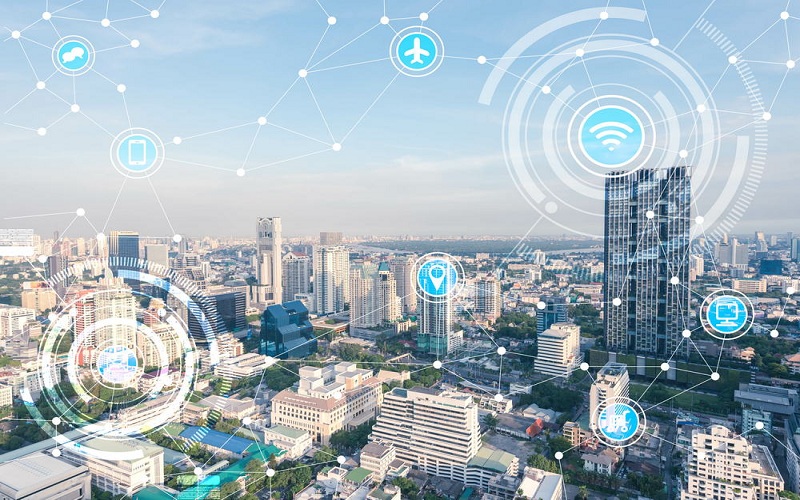
The Evolution of Smart Cities: Integrating Technology for Better Living
The concept of a ‘smart city’ refers to an urban area that uses different technologies to improve operational efficiency, share information with the public, and improve quality of life. This includes deploying digital systems to monitor, control and optimize traffic flows, public transit, law enforcement, water distribution, waste collection and other community services. The goal is to apply innovative solutions to common urban challenges.
Many smart cities specifically focus on integrating AI and other emerging technologies into their infrastructure. According to team behind ISG’s AI advisory services, this can include installing a network of sensors across streets and buildings to collect data, using analytics and machine learning to derive insights from that data, and leveraging automation and AI to respond to emerging issues in real-time. The availability of detailed data and predictive tools allows cities to provide services more efficiently.
Key Areas of Innovation
There are a few key areas where technology is helping speed up the development of smart cities:
- Transportation – Cities are outfitting roadways, bridges, rail lines and other infrastructure with sensors to monitor traffic patterns and respond to congestion or maintenance issues proactively. From synchronizing traffic signals to optimizing routes to leveraging autonomous vehicles, data and AI are helping improve commutes.
- Energy – Smart power grid technology that incorporates renewable energy sources is helping cities minimize their environmental impact. Automated systems balance electricity distribution, while smart meters allow residents to better track their energy usage.
- Public Safety – Surveillance cameras, image recognition technology and AI-powered systems help law enforcement agencies monitor public areas, conduct real-time analysis of video feeds to identify threats, and enable data-driven allocation of resources to high-risk areas.
- Waste Management – Sensor-based systems monitor trash bin levels across the city to optimize trash collection routes. Automated waste separation facilities also help cities manage their waste more efficiently.
- Citizen Engagement – Digital platforms allow residents to easily access city services and information, report issues, express their views in surveys/votes, and stay actively engaged with local government decision-making.
Benefits for Citizens
At the most fundamental level, smart city technology aims to improve quality of life for local residents. Benefits include:
- Smoother traffic flow and easier commutes.
- More efficient public transit with real-time updates.
- Lower energy costs and reduced carbon footprint.
- Safer neighborhoods and public areas.
- Improved cleanliness and sanitation.
- Greater civic participation and community building.
Challenges to Overcome
Of course, embracing smart city paradigms does not come without its obstacles. Some key challenges are:
- Potential for data breaches and loss of privacy.
- High upfront investment to upgrade infrastructure.
- Ongoing funding for operations and skilled staff.
- Technological complexity across disparate civic systems.
- Digital divide across income levels and marginalized groups.
Nonetheless, urban planners agree that the fruits of smart city development far outweigh the growing pains.
Conclusion
Looking ahead, integrating AI and other emerging technologies into the urban fabric will be crucial for building more sustainable and inclusive communities. Technological innovation on its own is not enough, however. It must be paired with economic development, social justice reform, and cross-sector partnerships. Cities must bring community groups, tech partners, businesses, lawmakers, and urban planners to the table when strategizing system upgrades. Infrastructure changes should reflect the highest good through an ethical framework shaped by public consensus.
Additionally, smart city adoption must avoid exacerbating inequality as digitization accelerates. Internet access, digital literacy programs, workforce retraining opportunities and resources for marginalized groups will help more people take part in civic tech advances.
In essence, balanced integration focused on elevating society holistically will allow cities to manifest sustainable progress. The technologies powering urban evolution hold tremendous potential. But that potential will only be fulfilled if people and communities evolve in tandem.


